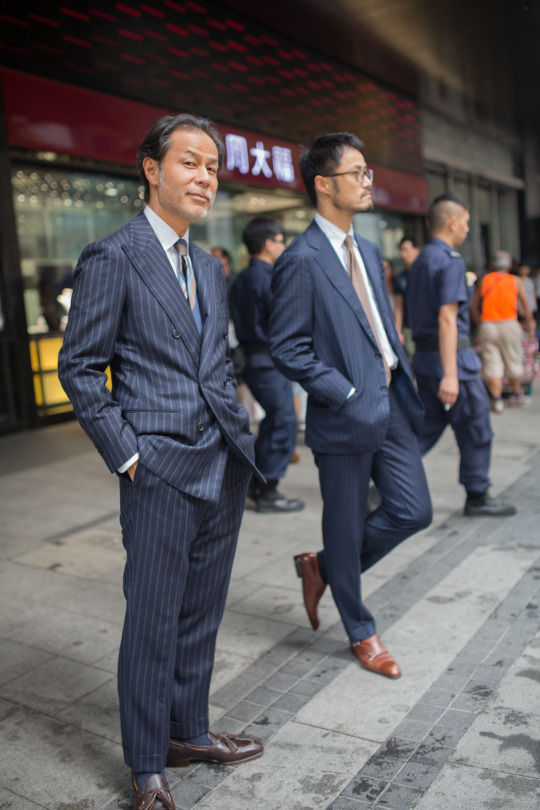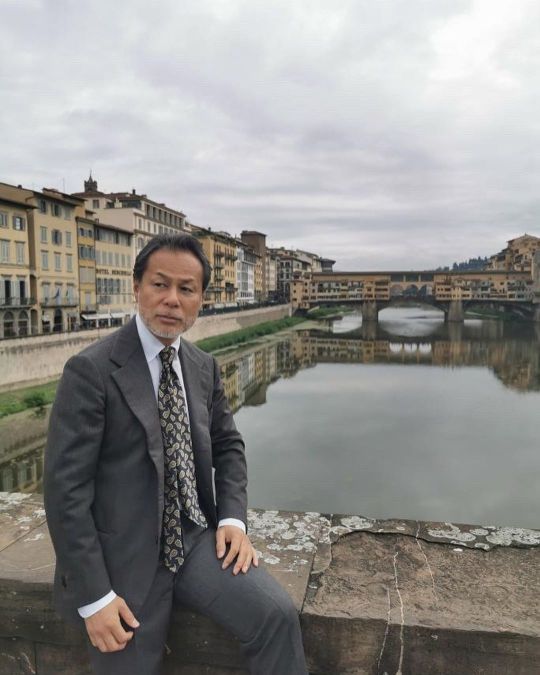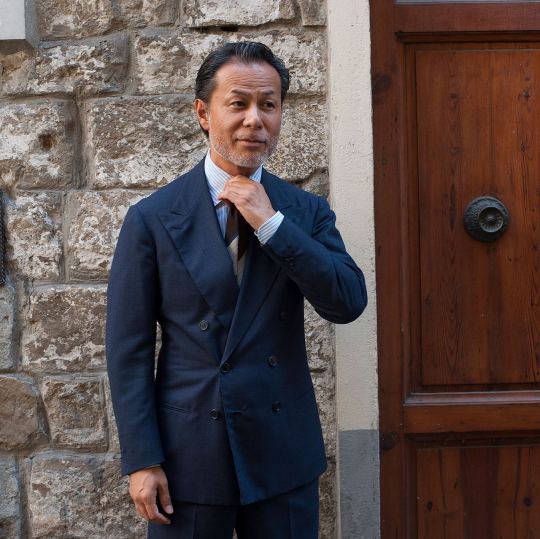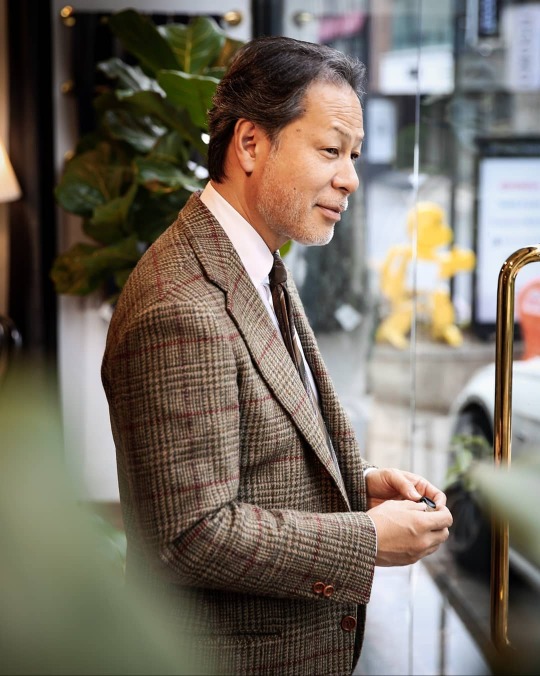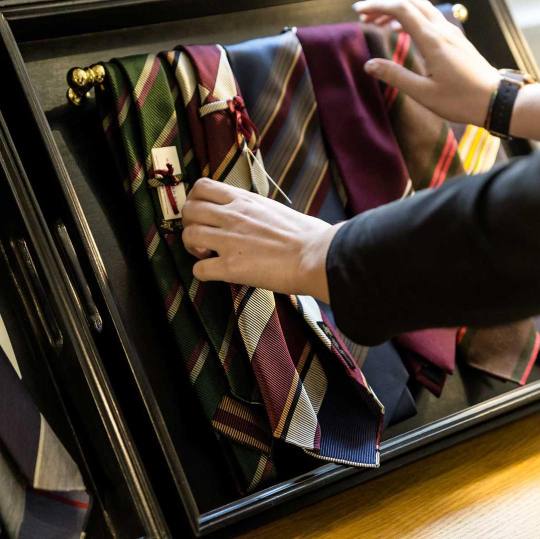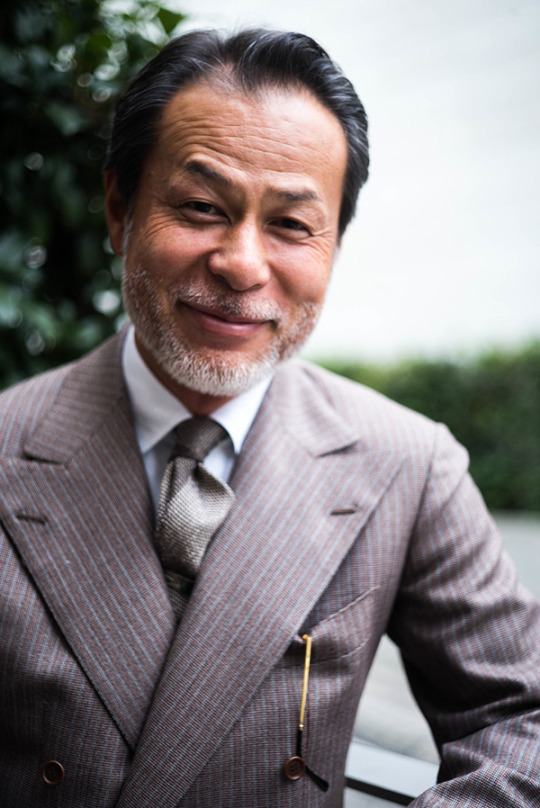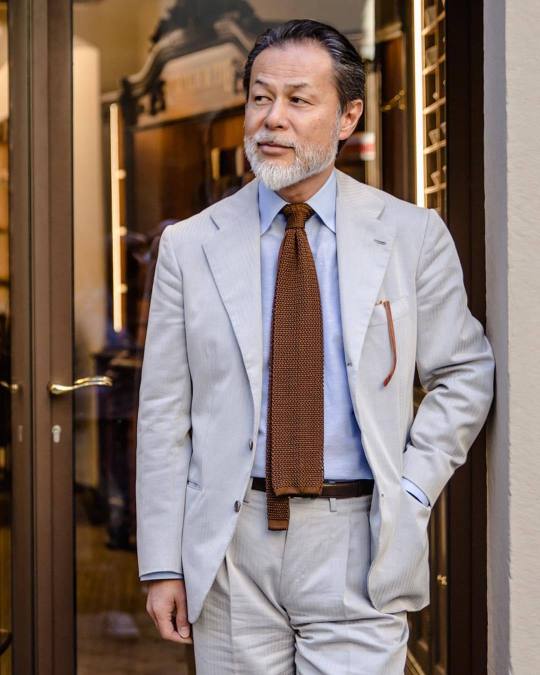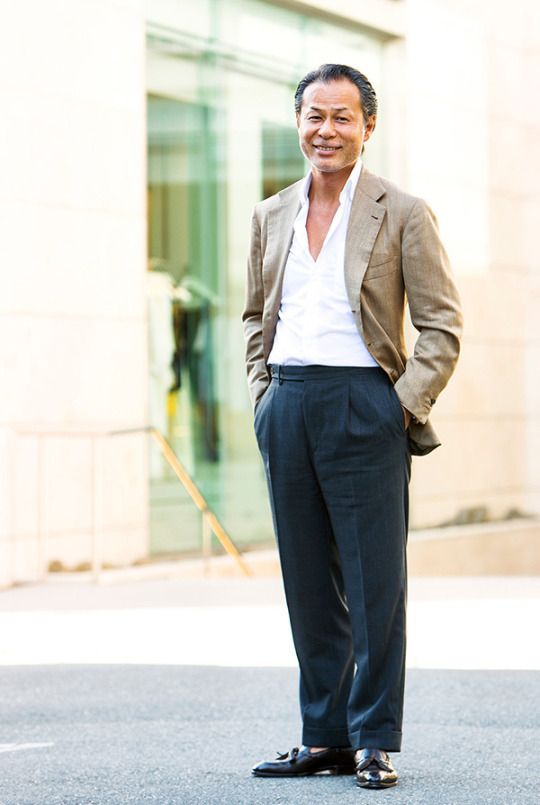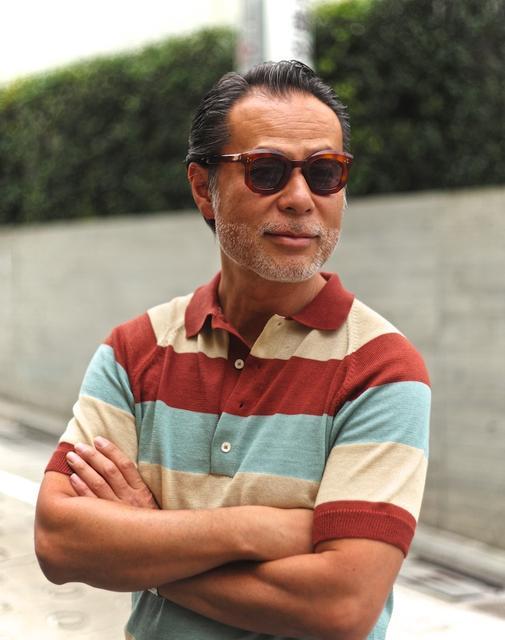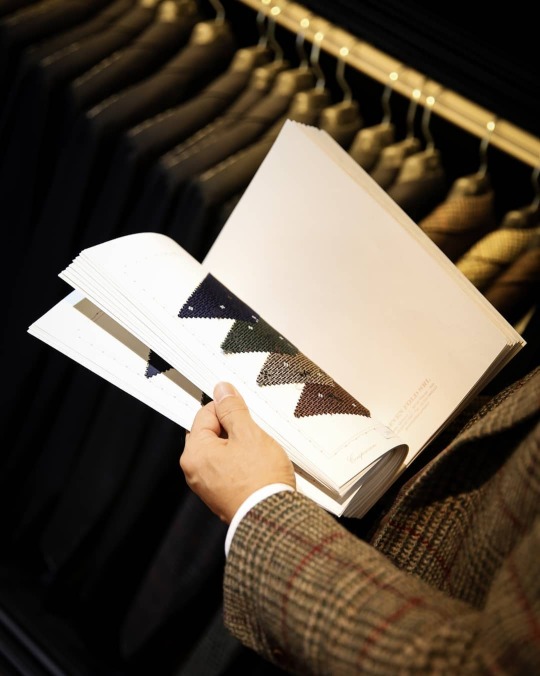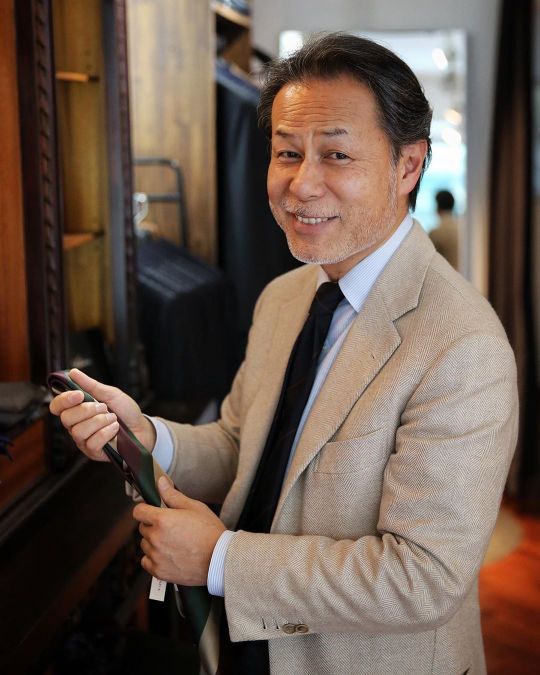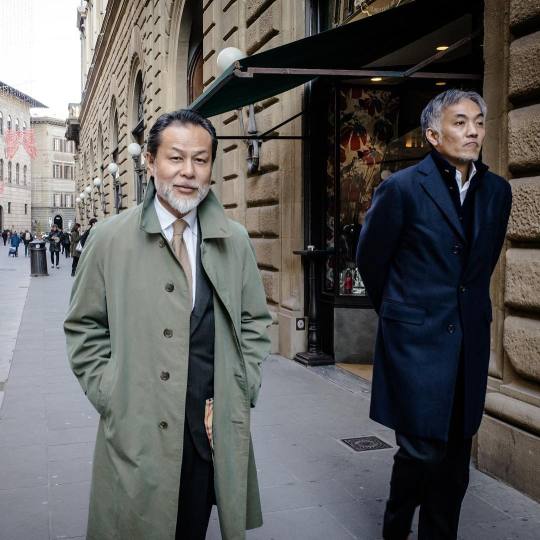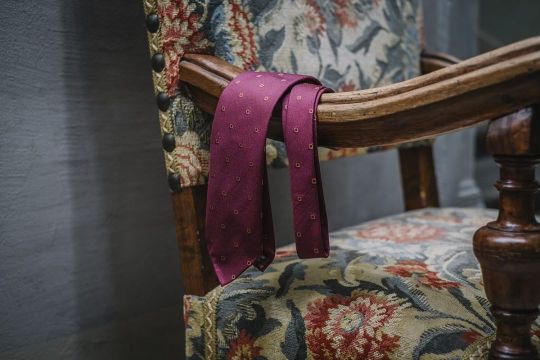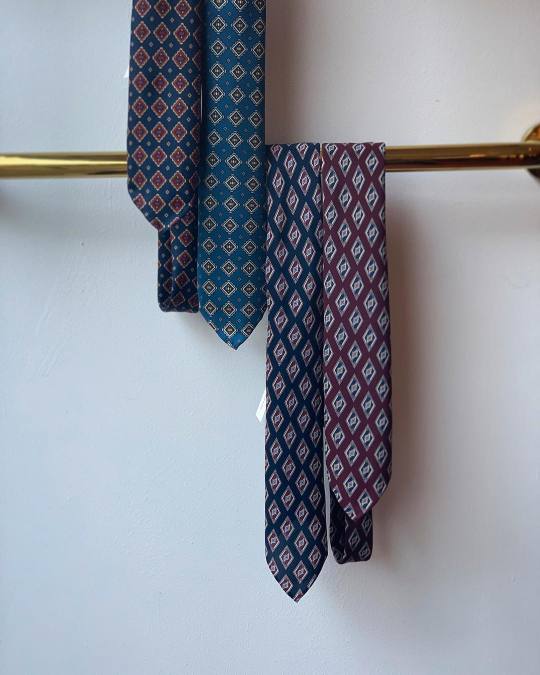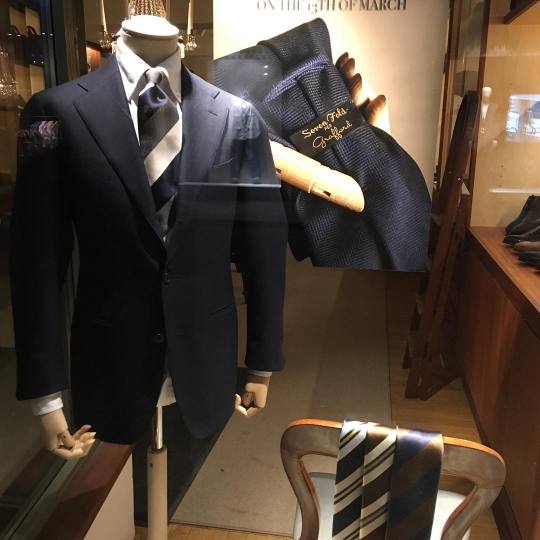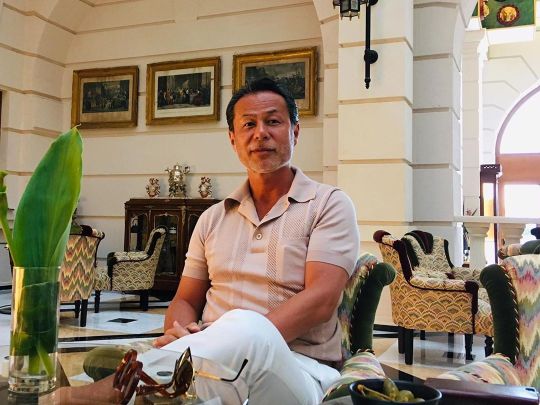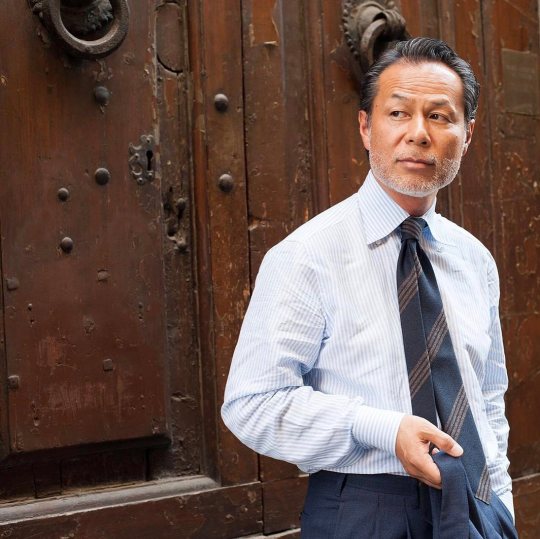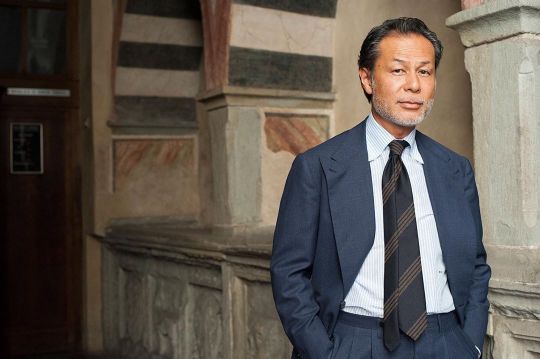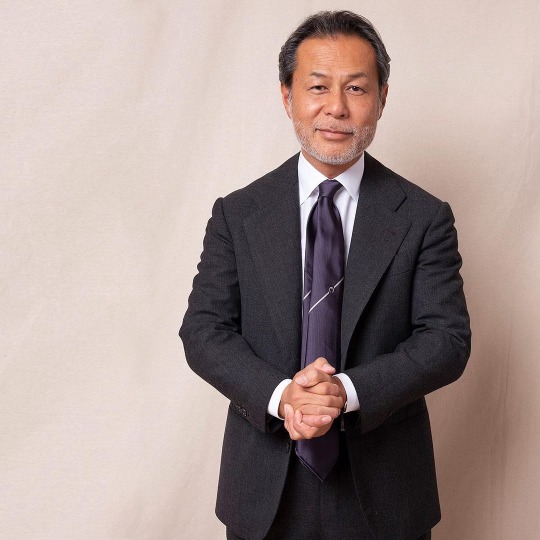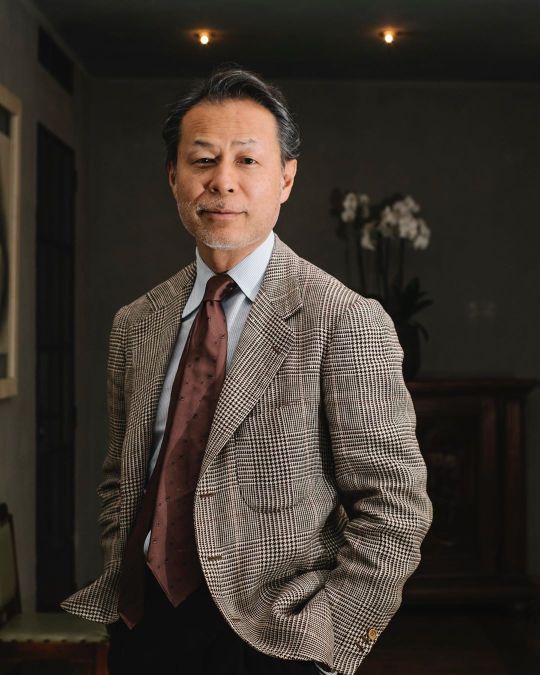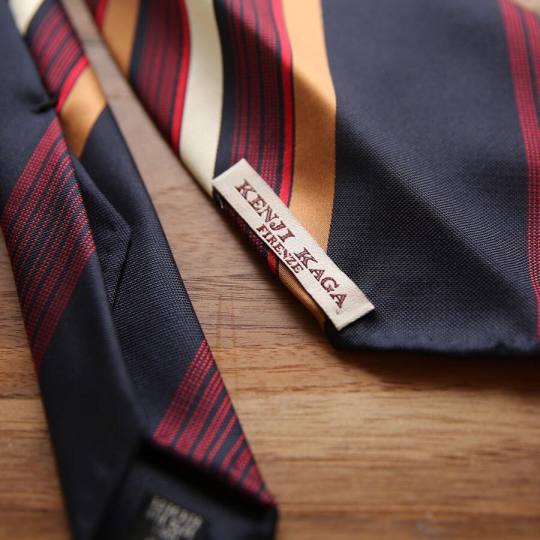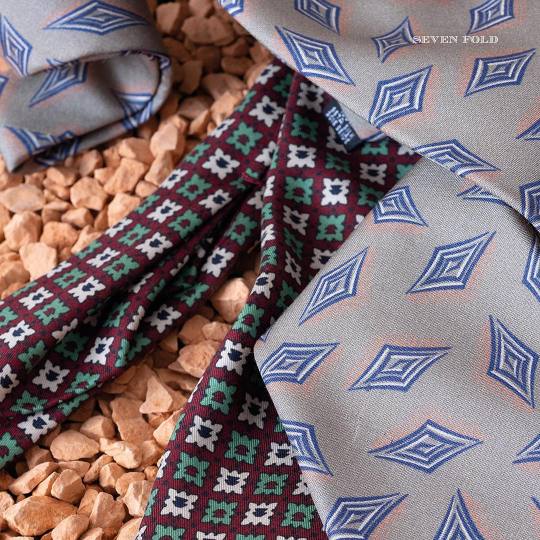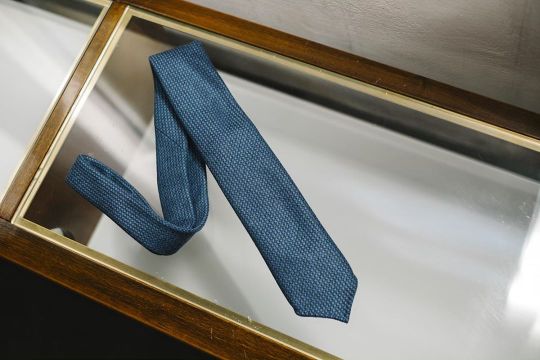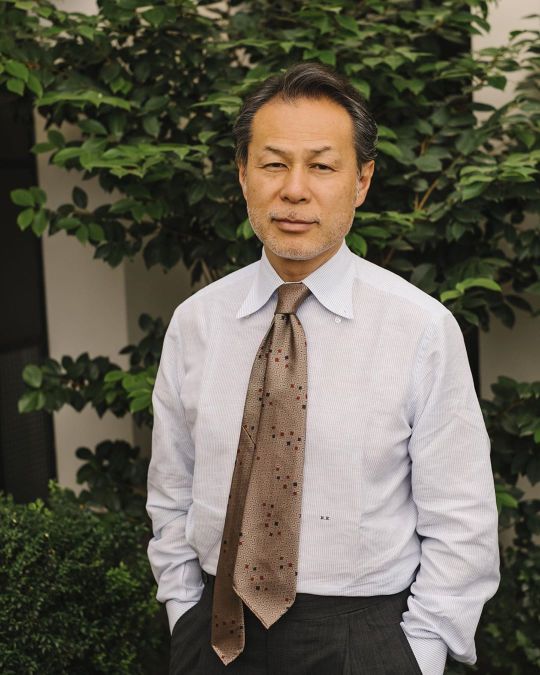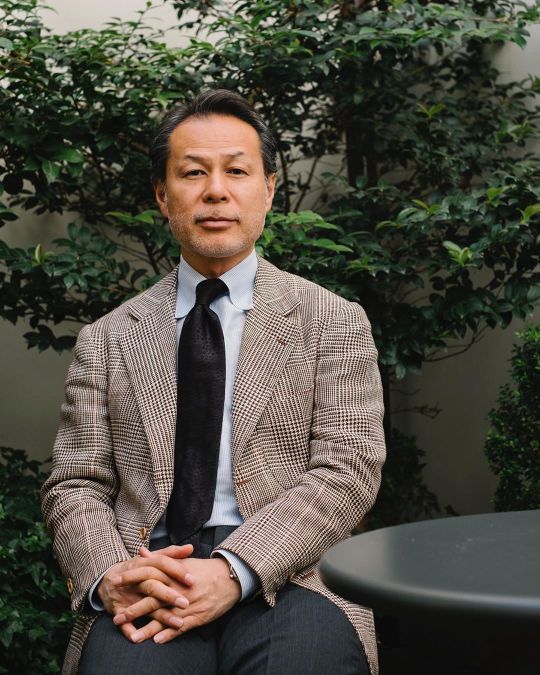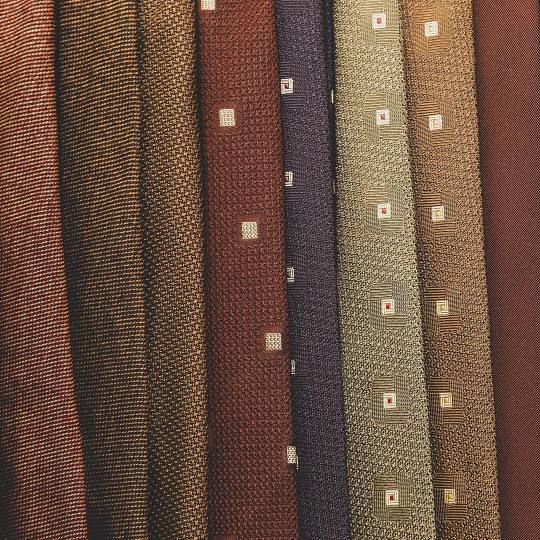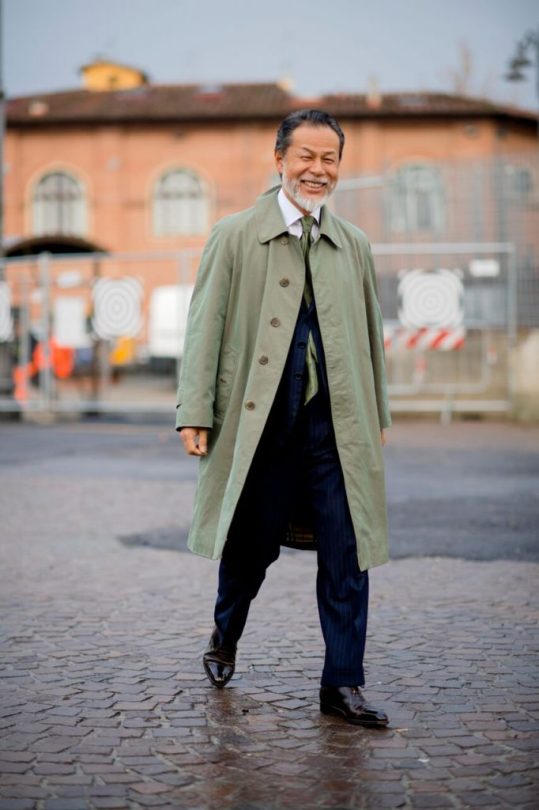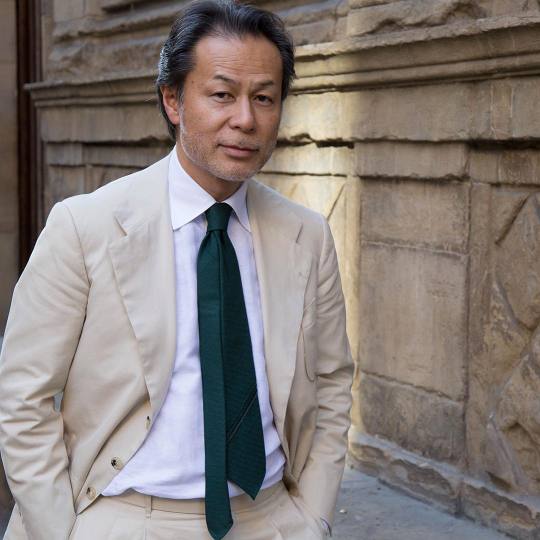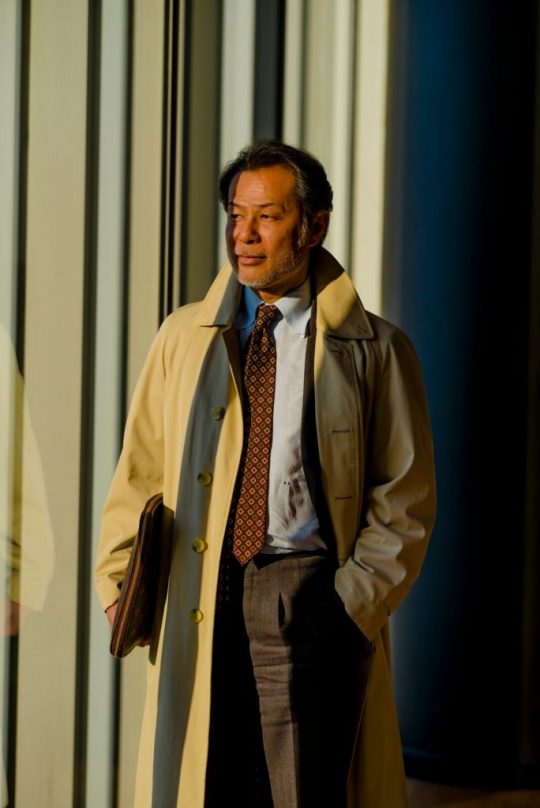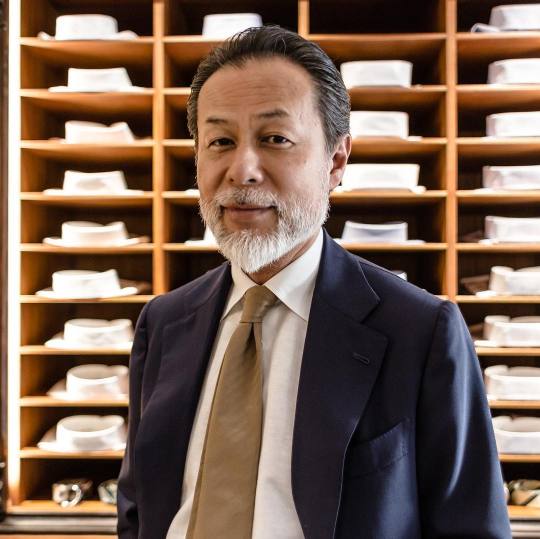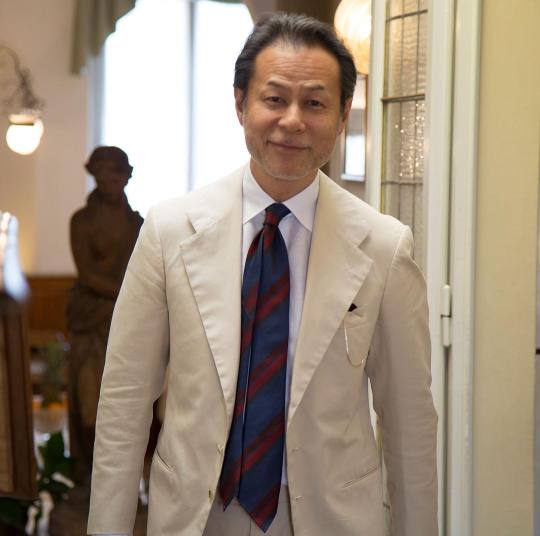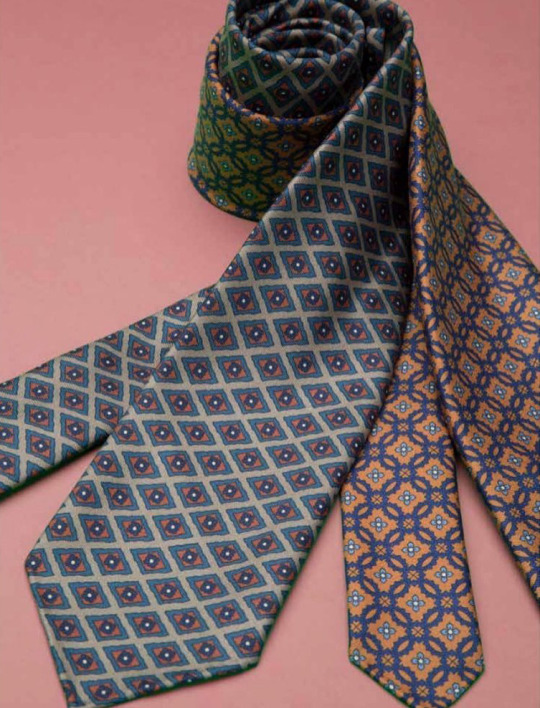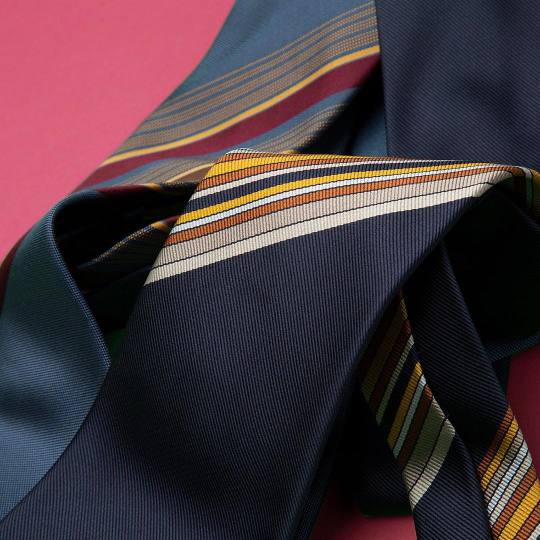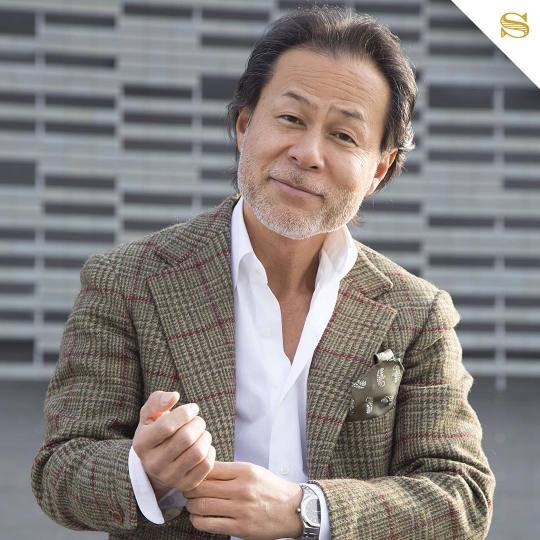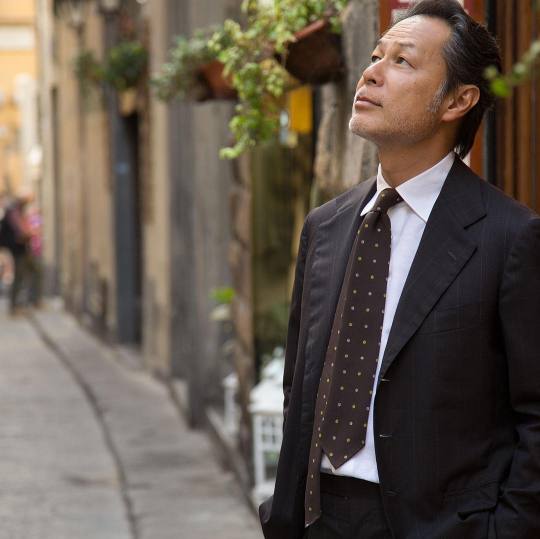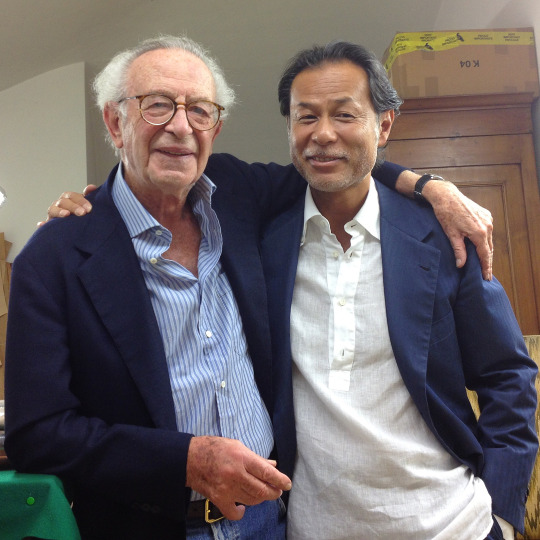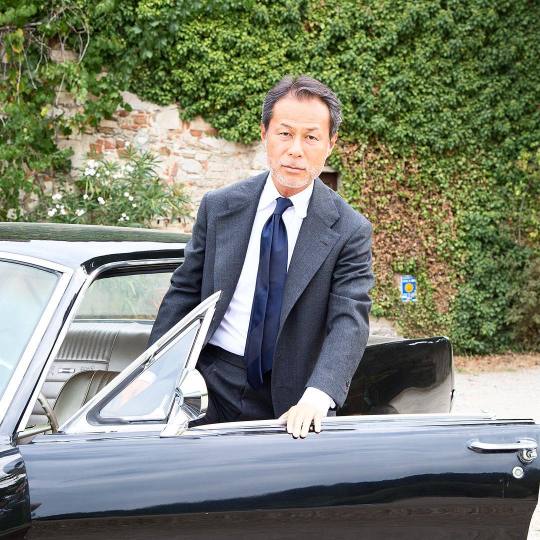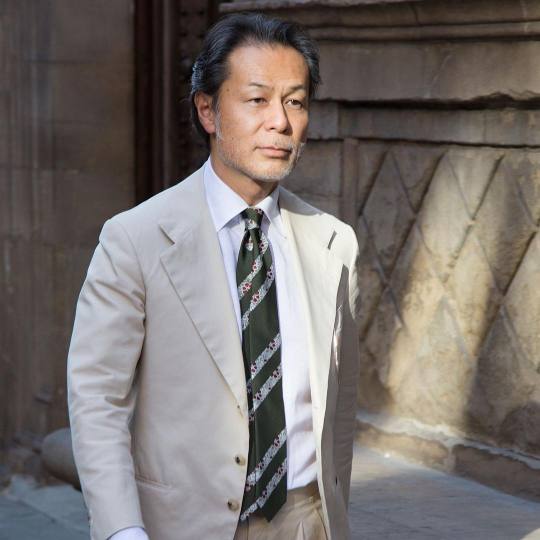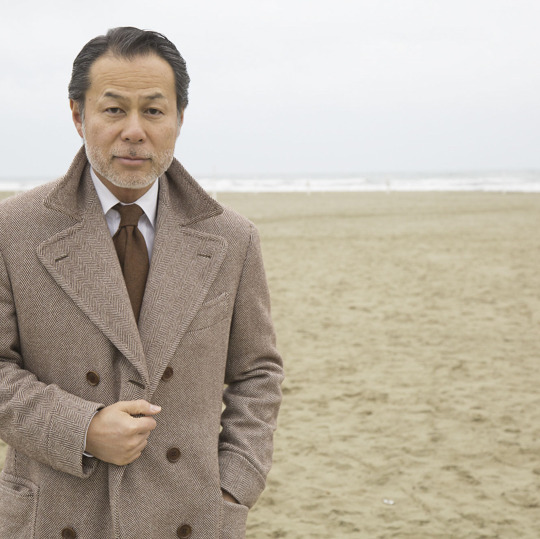
It’s hard to believe that it took until May 1939, the spring before the start of the Second World War, for Vogue to publish its first cover of a fashionable woman in trousers. We know the image still had the power to shock because the editors assuaged anxious readers by saying that, while pants were considered masculine at the time, they can still be worn in conventionally feminine ways. “If people accuse you of aping men, take no notice,” they wrote encouragingly. “Our new slacks are irreproachably masculine in their tailoring, but women have made them entirely their own by the colors in which they order them, and the accessories they add.” In the photo, the woman was shown wearing a pair of ochre-colored sharkskin trousers with delicate jewelry, Moroccan slippers, and a scarlet jersey shirt with a plunging neckline. A silk scarf was wrapped around her head like a turban, with a turquoise encrusted pin holding everything together.
Since that cover was published, women have adopted nearly every masculine symbol into their wardrobe, from blue jeans to bomber jackets. But examples of men imitating women’s dress are rare. When they do, they’ll counter criticism by citing men’s earlier use of the style. A belted robe coat isn’t something your aunt would wear, but rather a reference to the earliest iteration of a polo coat, as seen on the strong-shouldered Richard Gere. Cuban heeled Chelsea boots aren’t so much high-heeled as they are Beatles-esque. And when long-haired youths were criticized for their appearance in the late 1960s, they pointed to how Jesus is often depicted with shoulder-length locks.
Kenji Kaga, the silver fox behind Tie Your Tie, has no problem telling you that he’s inspired by femininity — and he’ll do so without qualification. When I talked to him last month, I didn’t get the impression that he was saying so for political reasons. Instead, as an aesthete, it didn’t occur to him why he should do otherwise. “Most ties today come in stripes or small geometrics, such as the ones you might find at E. Marinella or Drake’s,” Kaga tells me. “Ours are inspired by vintage designs from the turn of the century until about the 1930s. I’m most inspired by French design, which I like for its femininity. The lines are more fluid and romantic; the design less symmetrical. When we color our collections, I also take inspiration from women’s collections, such as Saint Laurent, Celine, and Valentino. Very old designs, but in new colors. This is our style.”
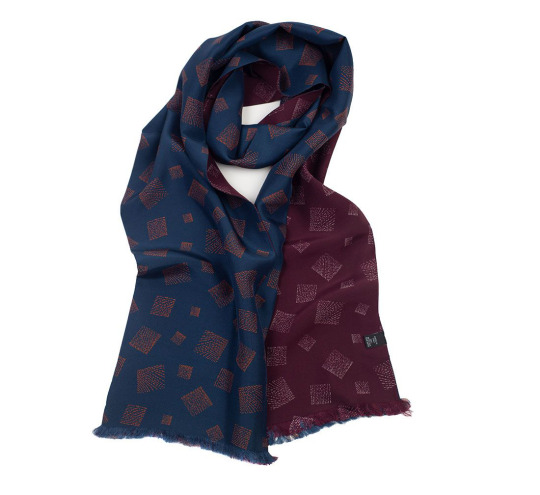

As more men elect to wear ties for fashion, rather than respectability, the neckwear market has paradoxically become more conservative and uniform. Today, you can find a bazillion options for tasteful regimental stripes and foulards, which have their roots in traditional notions of masculine etiquette. Regimental stripes, for instance, originated in the early 20th century, when decommissioned British officers wanted to continue wearing their regimental colors after they returned to civilian life. Hence, we get the term “regimental silks” for how those colors denoted those officers’ service to their country. After a while, the practice was taken up by men in exclusive clubs or colleges, such as the students of Trinity College wearing navy and white stripes, or members of the Hawks Club wearing red and yellow stripes. Supposedly, when Anglophile Americans imitated the style, they switched the direction of the lines — slanting downward from right to left, rather than the reverse — so they wouldn’t be accused of being parvenus.
But the market for neckwear in the early 20th century was also a lot more diverse than it is today, and it wasn’t as challenging to find more expressive designs. Some years ago, I visited Cilento, the oldest men’s shop in Naples, Italy. The store carries the sort of trad clothing you might expect at J. Press or The Andover Shop — waxed cotton coats with Shetland tweeds and square waisted brogues, along with bucket hats hanging next to surcingle belts. But what really sets it apart is the small studio above the tie store.
Go through the back, up the stairs, disappear through another set of doors, and you’ll suddenly feel like time has stopped. Here, a collection of objects from the company’s 232-year history is spread through five or six rooms. Counters and shelves are stacked with old woolens and leather shoes; beautiful early 20th-century furniture, paintings, and prints surround the floor space; and original receipts from the family’s previous business in the shipping industry are kept in a protective case. There are also forgotten artifacts, such as an old trouser press and sample silk swatches designed for custom ties in the 1930s. Among the swatches are Old World motifs that look so foreign to our modern eye, it’s hard to find words to describe their patterns.
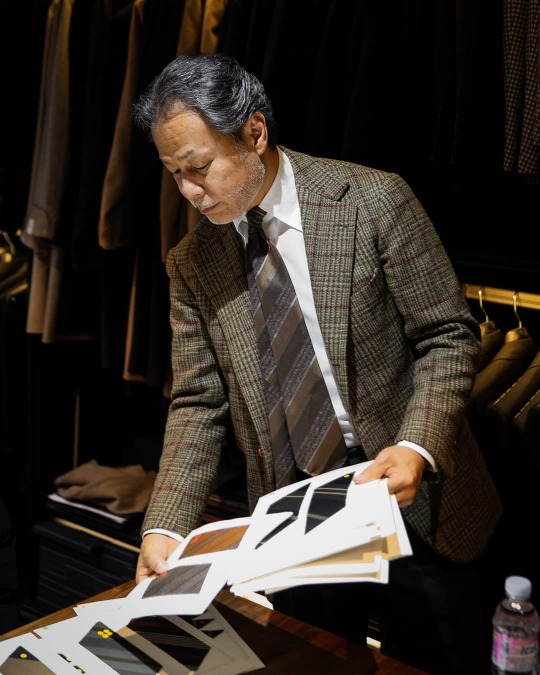
Kaga has resurrected some of those designs through his company. Each season, he and his team make a pilgrimage to Como, Italy, one of the world’s centers for silk production and printing. They rummage through those printers’ archives, select designs they like, and then recolor them using schemes inspired by modern womenswear collections. Those materials are then sent back to their workshop, where they’re transformed into handmade accessories, including ties that have been hand-cut, hand-rolled, and handsewn. I love this season’s tubular silk scarf, which drapes like an evening scarf but can be worn with modern field jackets and black lambskin double riders. It features an Art Deco sunburst pattern and comes in a beautiful shade of navy and maroon – just the right hue to feel special.
I’ve admired Kaga’s style for about ten years now, going back to when Tommy Ton used to shoot photos of him outside of Pitti Uomo. His style can be described as Italian, but underneath is also a current of cosmopolitanism. In interviews, he’s said that he fell in love with fashion by way of American films. “I saw movies of Clark Gable, Cary Grant, and Frank Sinatra,” he says. “I’m inspired by my father, who admired American culture. He taught me about muscle cars, Muhammad Ali, and Sammy Davis Jr.”
In 1987, after having graduated from university, Kaga took his love for style and went into the menswear trade. His first gig was working as a distributor for an Italian shoe company, a job that afforded him a lot of time in Italy. One of his clients was Franco Minucci, the founder of the original Tie Your Tie shop in Florence, as well as the accompanying Sevenfold tie workshop. Later, Kaga lived in Paris for a year before eventually moving back home to Japan. In 1996, he opened the first Tie Your Tie franchise shop in Japan, “Tie Your Tie Aoyama,” located in Tokyo.
I’m amused at how any time I think I’ve found something I believe is an unknown gem — an operation that hasn’t yet been endlessly written about — Kaga was there first. Some years ago, when I first stumbled upon Sartoria Seminara, the tailor there told me that Kaga is an old friend. Sartoria Marinaro? Yes, they know him too. And when Kentaro Nakagomi, founder of the Japanese outerwear label Coherence, told me about Sartoria Vestrucci, I tried to reach out to the Florentine tailor for an interview. Sadly, he said to me that he’s semi-retired now and not really open for business — he only cuts for old customers, such as Nakagomi and Kaga. (This was before Tomasso of Stefano Bemer convinced Loris to re-open as a ready-to-wear shop with a bespoke service as a halo).
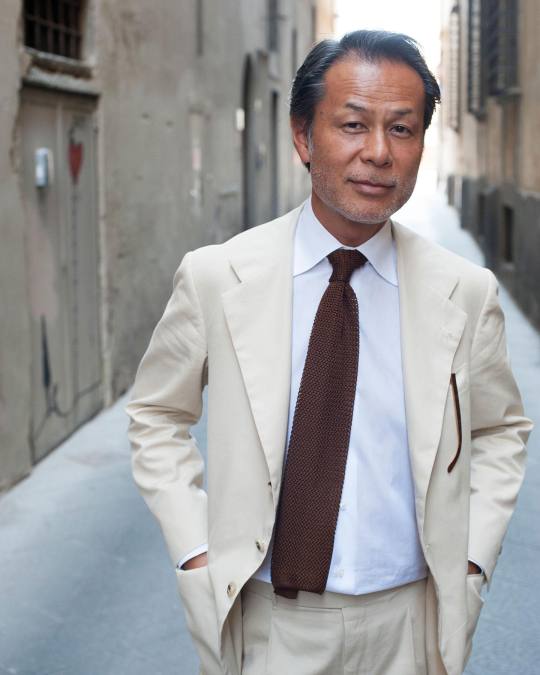
When I ask Kaga what he likes about Italian style, and in particular Florentine tailoring, he tells me it’s about the silhouette and comfort. “For me, tailoring has to be loose. Not English and perfect, but easy and comfortable,” he explains. “I’ve tried tailors in Milan and Naples, but Florence is my favorite because it sits somewhere in the middle. The shoulder is wider and straighter than what you see on Neapolitan coats, which tend to be rounder and narrower. At the same time, Florentine suits are very soft and comfortable. The waist also looks cleaner because they only use one underarm dart, whereas Neapolitan tailors use two extended front darts.”
As for his favorite items in his wardrobe, he rattles off from a mental list. Cashmere-silk and linen-blend sport coats in the summertime, then vintage Saxony tweeds in the winter. He loves his grey mohair suit and can’t imagine going without black oxfords. Among the many makers he’s tried, his favorite shoemaker is Hidetaka Fukaya, and his favorite tailors are Seminara and Corcos (notably, Kotaro Miyahira did his apprenticeship at Seminara). As for a personal style rule, Kaga says he almost always wears white high-count poplin shirts, not light blue. “Very important,” he says sternly. “Sometimes, I’ll wear white-and-blue striped shirts, but a white shirt gives you a good base for the jacket, tie, and trousers.”
Kaga is a man of broad sympathies and catholic tastes. His style has a point of view without being puritanical, and he draws from a variety of influences cultivated through his 32-year career in menswear. He appreciates vintage and modern, prêt-à-porter and bespoke, masculine and feminine style, Italian tailoring and French design. “I believe in the value of coexistence,” he once told The Armory. “I think it’s important to have an open-minded attitude that accepts and accommodates different points of view. I respect and appreciate the old traditions, but at the same time, I am also very interested in what is happening in the new generation. Interacting with different kinds of people always inspires me to wonder, ‘if I were in his/her position, what would I be excited to have?’ I always search for new things with this question in my mind.”
You can find Tie Your Tie at No Man Walks Alone and The Rake (both sponsors on this site), The Armoury, Barney’s, Andrea Seoul, and Bryceland’s. Many thanks to Kenji for taking the time to talk with me, and special thanks to Greg at NMWA for setting up this interview, as well as Tomoko for translating. Readers interested in more of Kenji can follow him on Instagram.
